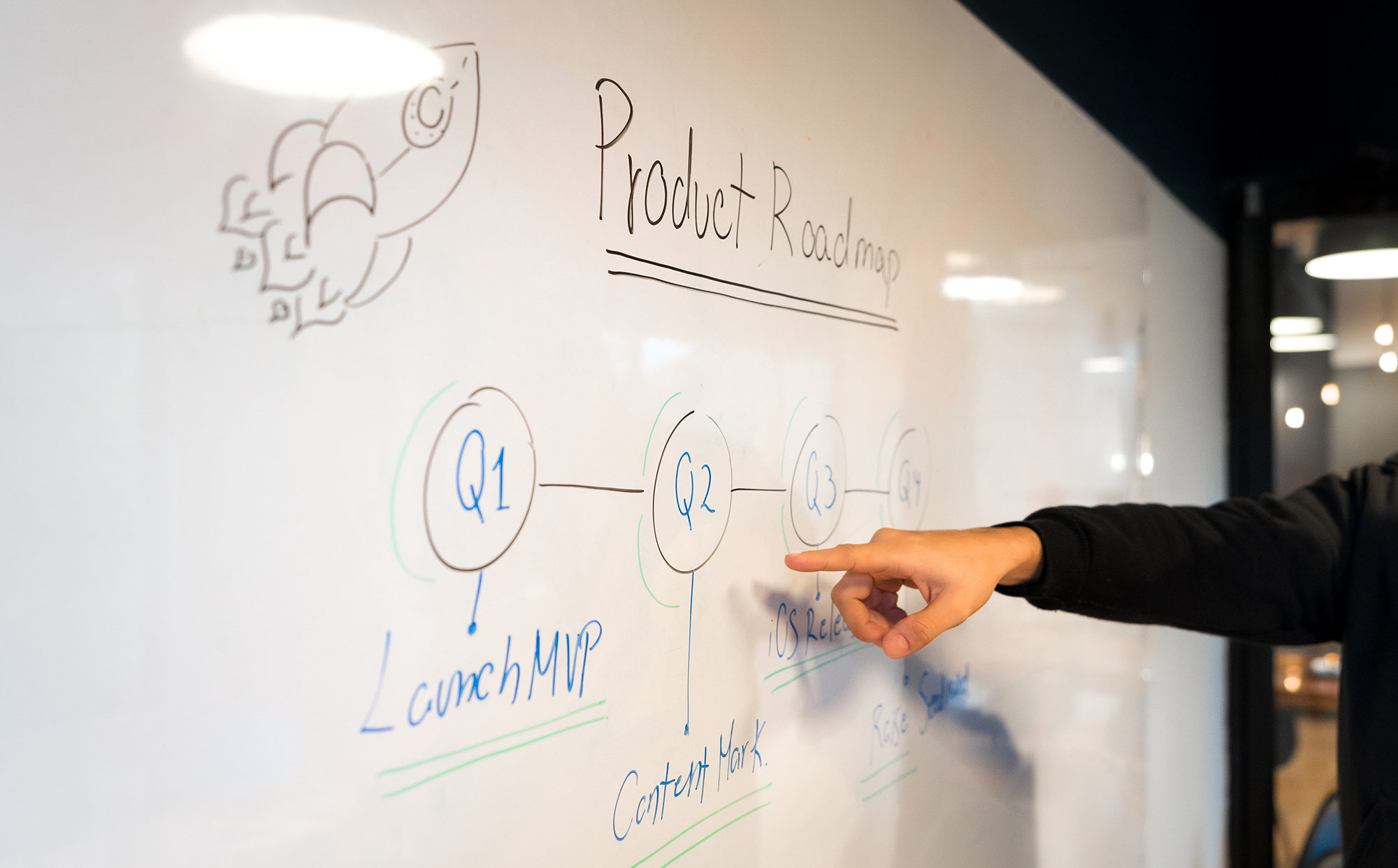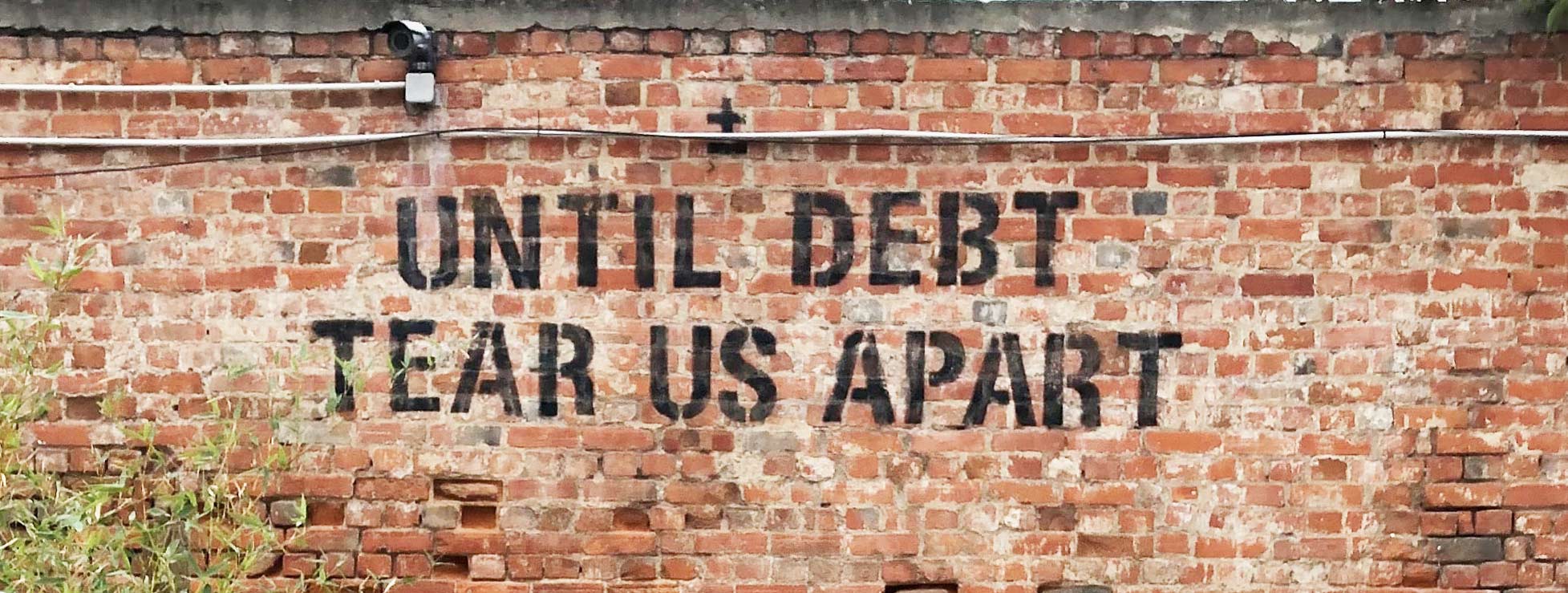The Industrial Internet of Things, or IIoT, marks a phase shift in management of physical productivity. It’s sometimes referred to as the fourth industrial revolution, or Industry 4.0 (in nomenclature that clearly owes much to web terminology).
The first industrial revolution was the shift away from an economy characterized by agriculture and handicrafts, to one focusing on early industrial production: cotton and iron moved from the village to the factory and so did whole populations. Industry 2.0 meant electricity, interchangeable parts and the production line, while the third industrial revolution involved the application of cybernation and automation to production and, increasingly, distribution.
Industry 4.0 is the spread of digital connectivity technology to production, supply and distribution: the internet of industrial production units, near-field communication trackers on products, and integrated, increasingly automated webs of supply and distribution.
What’s the difference between IIoT and Industry 4.0?
Though they’re related and often used interchangeably, these are technically different terms. IIoT refers to the technology that allows industrial production and distribution units to ‘talk’ to one another, creating efficiency, synergies and opportunities for analysis and optimization. Industry 4.0 is a term coined by the German government to brand the opportunities IIoT offers an advanced industrial economy, and to describe the social effects.
What problems does IIoT address?
Like all truly transformative technologies, IIoT offers both solutions to existing problems, and entirely new, previously impossible benefits.
Existing problems IIoT addresses include benchmarking, visibility, loss management and condition monitoring, transportation, and product uptake.
Benchmarking
Across sites, systems and processes, data is opaque. Setting benchmarks is important, but the data sources for benchmarking currently don’t measure up. The result is that both benchmarks and targets are off, leading to referred issues for partners, clients and other sites. IIoT permits easy collection, validation, and interpretation of data from many more points in a given process, meaning companies have the tools they need to make substantive, data-driven changes in their operations.
Visibility
Visibility — insight into the condition of assets and processes — is crucial. Reactive maintenance is wasteful and increases the risk of stoppages or longer-term damage to structures and systems, but it has historically been preferred because the alternatives were prohibitively costly or impossible. Now, though, IIoT implementations can deliver visibility and monitoring in real-time, complete with alarms and alerts, dashboards and analytics, all brought to decision-makers through simple-to-use dashboards or mobile apps.
AndPlus created an app like this for AquaTrace, the building automation tool that focuses on leak risks. AquaTrace offers significant improvements on traditional leak detection by adding contextual location data and real-time visibility, reducing insurance premiums and improving asset protection.
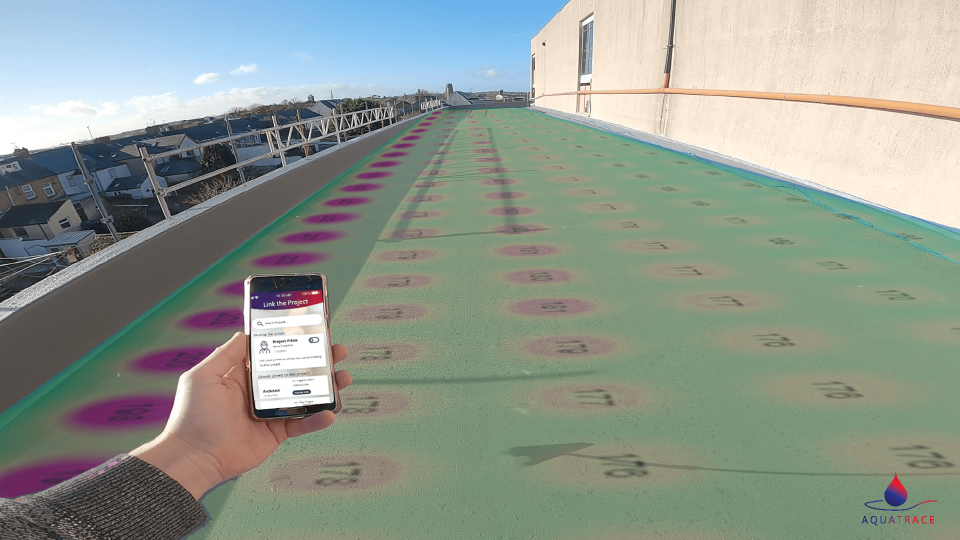
AquaTrace Leak Detection App
Transportation
From medicines to meat, a lot of transportation has to meet regulations that require end-to-end refrigeration or other care and management. Yet insight into the supply chain is historically poor and unreliable. Even in the waste industry, where strict regulations require documented handoffs of shipments, self-reporting means much is missed. When something does go wrong it’s often difficult to find out how, or even when. IIoT implementations can build sensor nets, connected devices and analytics together to give a complete view of supply and distribution chains, letting organizations, regulators and other stakeholders see what’s happening as it happens.
AndPlus worked with Onset to create a cloud-based application for reading Bluetooth Low Energy Beacon (BLE) product beacons on vaccines and storing their data, using best-in-class code to stretch the performance of hardware elements in smartphones. Now, Onset’s vaccine-tracking solution is enabling smartphones to track 50 or more BLEs on all seven continents.
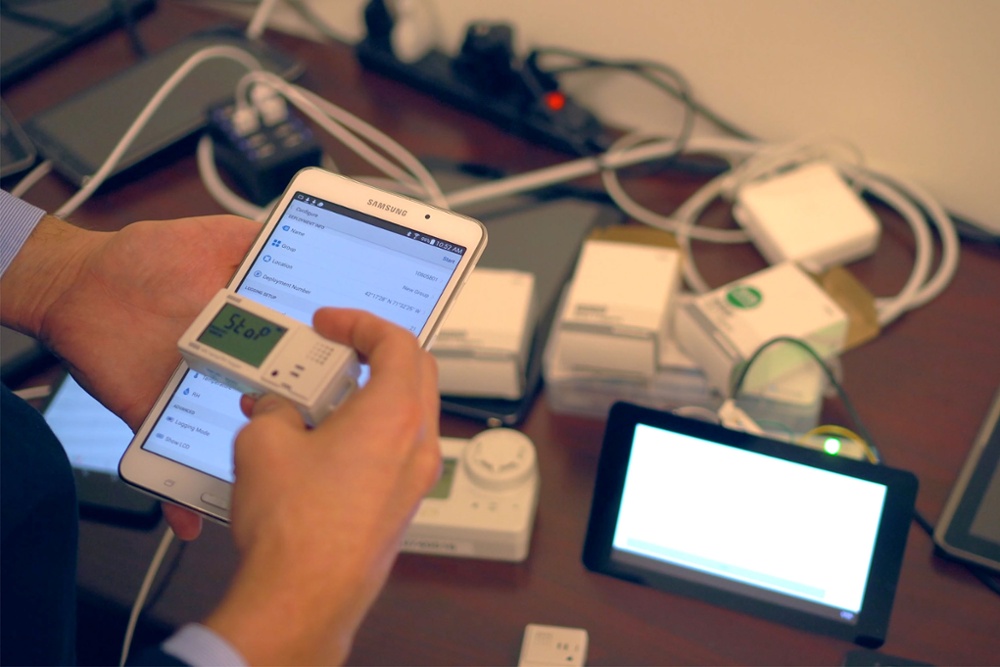
OnSet Data Logger
Key IIoT business benefits
IIoT doesn’t just solve existing business, logistics and operational problems. It also offers entirely novel benefits.
Process efficiency
The most immediate benefit of IIoT implementations is the radical improvement in efficiency of the production processes already in use. This improvement is not a result of automation of production, which is already well underway and increasingly well-understood. It’s a result of improvements in connectivity and visibility across production processes.
Physical machinery can be fitted with sensors to monitor internal states like temperature and position, as well as to observe work done and other machines. When this data is fed into local or remote machine learning systems, the result can be factories that are not just automated but fully cybernetic, with minimal human involvement at the level of the shop floor, as with Nissan’s Tokyo factory. There, humans don’t operate tools; they operate the algorithms that optimize the performance of robots.
These improvements in efficiency can be seen in distribution processes too. Adding BLE beacons to items for transport generates new tranches of data that deliver insights into bottlenecks, transportation flows and opportunities for efficiency gains that can be transformative. Again, though, this isn’t achieved by adding beacon readers to distribution stages; it relies on software to manage beacon nets and machine learning to derive actionable insights from vast quantities of unstructured data.
Uptime optimization
Traditional maintenance is a representative picture of what you do when you don’t have any data to work with: best practices, plus inspections, plus reactive firefighting. Parts are replaced on a schedule determined by statistics, whether the individual component is worn or not. Inspections attempt to spot obvious signs of impending trouble. And when something does go wrong, crews scramble to recover.
IIoT can maximize uptime while decreasing maintenance costs. Sensors report the condition of parts, meaning they’re replaced when they need to be, while monitoring key metrics like temperature and position gives companies the data they need to intervene quickly before nascent issues can shut down production, always the most expensive part of maintenance operations.
Process optimization
Production processes are complex and multistage; the systems that turn scrap steel and ore into parts of a complete vehicle are distributed geographically and functionally, and even where one entity controls many of the stages, exercising that control to optimize outcomes is difficult. It’s frustrated by a lack of insight and indirect, intermediated control.
IIoT implementations can offer end-to-end process optimization, reaching back from retail and production into supply chains to deliver holistic efficiency, productivity and quality gains that would otherwise be impossible. For example, productivity data can be compared to supply data to discover which suppliers’ products correlate with efficiency or productivity increases, leading to systemic gains.
Error reduction
Human beings make characteristic types of mistakes — precisely the type machines don’t make. You might be able to prove you’re not a robot by semantic image recognition (choose all the images with traffic lights, or other Captcha questions), but machines will always outperform us on relentless attention to detail, following detailed sequential instructions and performing identical actions. Within manufacturing processes, humans are increasingly replaced by robots whose high capital costs are offset by 24/7 operational capacity and much lower error rate.
However, the errors that really snarl up manufacturing aren’t mistakes made by individual shop-floor workers (usually). Instead, it’s communication failures between departments and functions that lead to rushes, over- or under-production, and other costly mistakes orders of magnitude larger than anything that can go wrong on the normal production line.
IIoT can help reduce the likelihood of such errors through comparing events on the shop floor with company-wide strategic plans, goals, and schedules, meaning production matches planning and exact, detailed work is the default.
Challenges to IIoT implementation
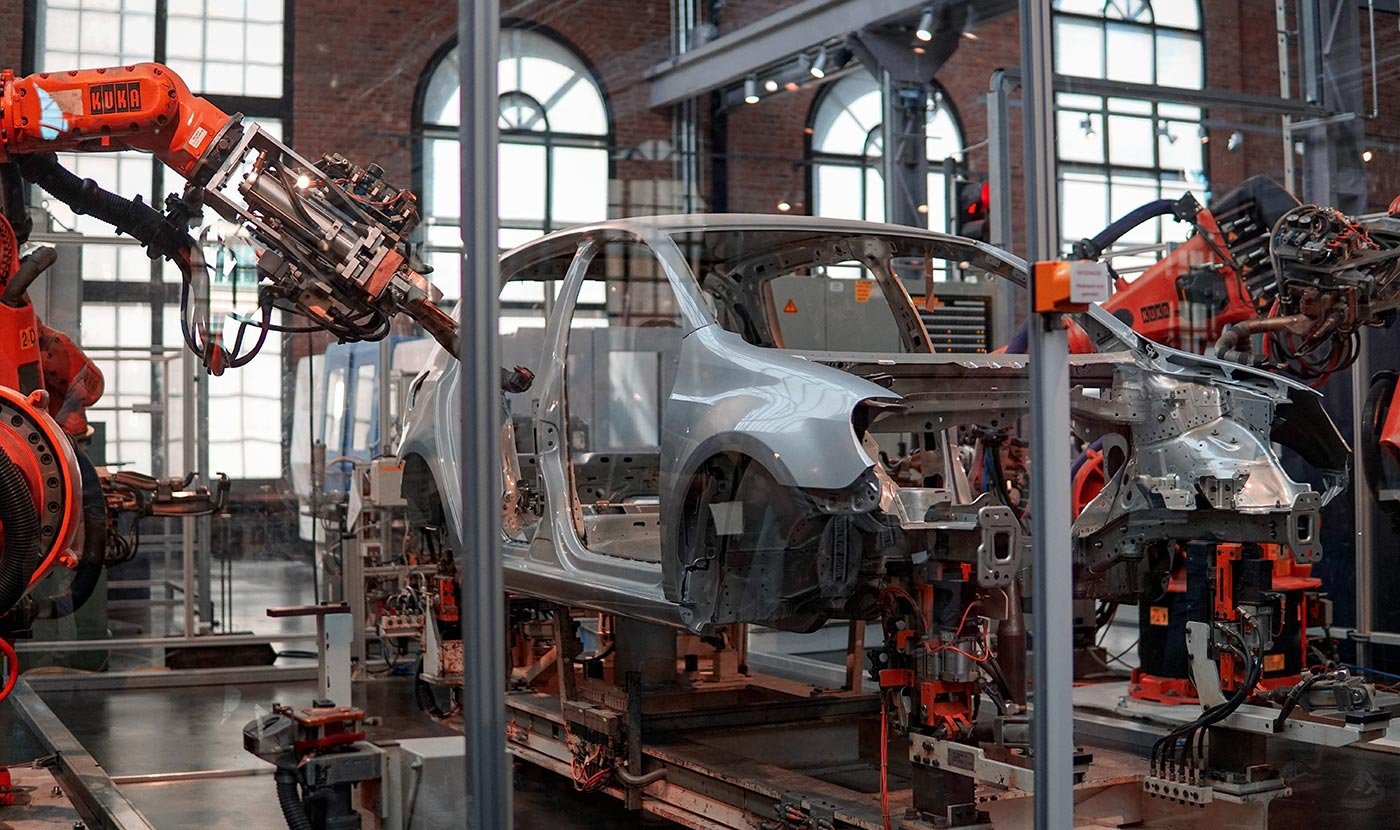
IIoT offers significant opportunities, but challenges to adoption and optimization remain. One of the most severe threats is security. In a 2019 global risk report, CyberX found that over 40% of industrial sites had at least one direct connection to the public internet — an attack vector that leaves sites, and businesses, vulnerable.
The same report found that over half of those polled had outdated Windows-based operating systems that were unpatched and unsupported. To address this, businesses need to begin building security in at the infrastructure stage.
Another issue is the lack of standardization across the company. Many businesses don’t have unified company-wide standards, making company-wide IIoT implementation impossible. Those enterprises that have already implemented it have been characterized by a focus on standards and mature, strategic thinking. A lack of open standards across industries and sectors means each must develop in isolation, tentatively and without knowing the effects of their choices on interoperability in the future.
Legacy equipment also presents a problem; sunk-cost fallacies, budgetary constraints or emphasis on other aspects of the business mean that older tools and systems are retained and are incompatible with best-in-class IIoT infrastructure, making adoption difficult. The benefits of IIoT adoption are holistic and synergetic, arising from having whole ‘systems of systems’ communicating and contributing data flows; patchwork adoption defeats the point.
Finally, adopting IIoT requires both strategic vision capable of integrating its benefits into business planning, and a wide range of technical skills. New systems, processes and toolsets must be selected to take advantage of the ‘fourth industrial revolution,’ just as nineteenth-century factories had to shift their approach to take advantage of steam power, or production in the 1950s, 60s and 70s had to be rethought and retooled to access the benefits of the first generation of automation.
Undertaking this task is daunting for business executives unsure of the outcome, and often lacking the technical skills required to evaluate those skills in others. How are they to identify the right companies to work with to build effective IIoT implementations? The way this gap is bridged will define the future of manufacturing.
How should businesses adopt IIoT?
The key figure in company adoption of IIoT is, not surprisingly, the CIO, though CEOs need to be actively helping drive the transition too. Like all other major technical transitions, the process begins with careful strategic planning — and a mindset shift.
Mapping out an industry 4.0 transition strategy
Companies need to evaluate their own digital maturity, perhaps with the aid of a technical partner or contractor, and set targets for the next three to five years that lead the way to full IIoT capability. Pilot programs and architectural revisions that best align with the company’s strategic goals and IIoT adoption plans should be prioritized.
Create pilot programs
Test IIoT adoption, prepare the company for transition and encounter difficulties early and at manageable scale. Pilot programs should be selected for their capacity to demonstrate proof of concept and business value: this is validation and preparation.
Define capabilities — and requirements
Pilot programs and strategic planning should elucidate both present capabilities and the changes required to meet the demands of IIoT adoption. These should be formalized in written documents and used as a source of truth and guidance for all relevant staff.
Acquire relevant expertise
Whether by hiring, upskilling, or outsourcing, CIOs should acquire the relevant skills to adopt IIoT. Start with data analytics competency, then evaluate other technical decisions in the light of their effects on data analytics.
Be prepared to change the whole company…
Every previous industrial revolution has changed the whole company. A factory manager from 1850 would have found the 1950s production line unrecognizable — and the rest of the business would have mystified that person equally. Companies that wish to access the benefits of IIoT must be prepared to reorient and reconstruct the whole enterprise around the new opportunity.
...and your mind
Equally crucial is a mindset shift. IIoT means turning every company into a software company, offering digitally-enabled products, experiences and solutions to customers and interfacing with partners and standard platforms digitally. This involves adopting an ‘ecosystem attitude,’ less rigid and hierarchical than many manufacturing businesses are accustomed to, as well as being more flexible.
Your IIoT partner
AndPlus has worked with businesses across manufacturing, transportation, asset management and other industries to access the benefits of IIoT. The most crucial element is robust, secure and accessible software, without which leaders, managers and staff cannot access their own systems effectively. AndPlus uses an agile, client-centered approach to software development, together with the deep understanding of back end development required to make sure your dashboards and interfaces give you the insights you need for effective IIoT adoption.
Takeaways
- IIoT is a transformative opportunity and part of a general economy-wide shift to connected cybernetic production and distribution
- Adopting it can’t be done piecemeal and necessarily transforms the enterprise
- The skills and capacities required to adopt IIoT are often not present even in the technical departments of large organizations
- Adoption is a long, multi-year process, but progress can be made and value delivered in much shorter timeframes
- Partners with experience can shorten the adoption curve and accelerate time to value for the enterprise



